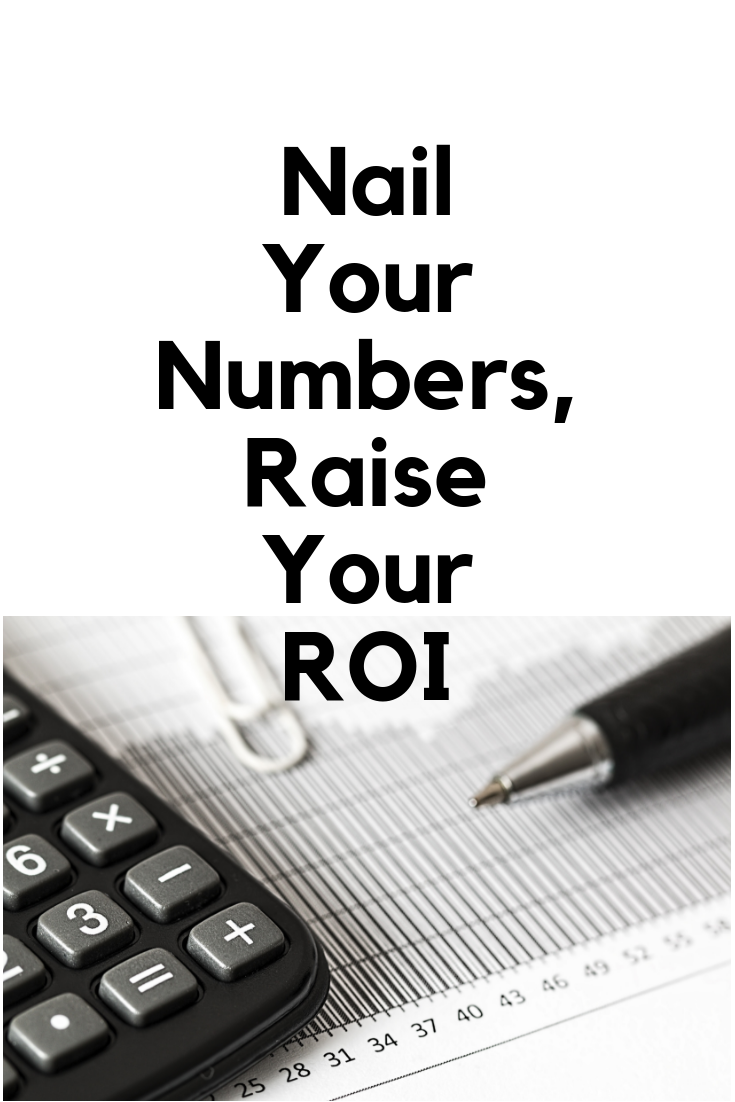Numbers are boring. I get it. You’re driven by the thrill of making sales, out-maneuvering your competitors, and putting together the perfect product. What doesn’t drive you, on the other hand, are the mind numbing hours spent staring at Excel trying to debug a formula you don’t understand.
This is completely normal. If you’re not yet in the thick of things with your business or everything so far is going fine, it’s hard to appreciate the impact proper financial analysis of your business can have.
Naturally, entrepreneurs want to optimize everything, including their time. It’s easy to see straight ahead and visualize the importance of marketing or product development, but what’s the ROI, for example, for charting out predicted sales for the next 2-3 years? The value isn’t immediately obvious.
So I thought it would be helpful to outline why building a financial model for your business actually has a great ROI for your time.
Here are the five reasons you should build a financial model:
- You can’t make decisions in a vacuum.
If you wanted to change your price or overhaul your business model tomorrow, what would you lean on to make that decision?
Maybe a couple of customers told you they liked the IDEA of a new price or it just seems to feel right in your gut. Well, you should know that 1) customers don’t know what they want and 2) your gut is a terrible business partner.
Customers are flighty squirrels that are naturally biased towards pleasing you, and your gut still doesn’t forgive you for your last midnight run to In-N-Out. You know what will never lie to you? Numbers.
A good, well thought-out financial model could easily answer these questions for you. They’ll give you a lot more concrete data to go off of than some of your more subjective techniques. A financial model could tell you “No, you can’t lower your prices actually,” and “Duh, a new business model would fit nicely with your other metrics.”
- You will need it to fundraise.
At some point in your business, you might want to get outside funds from VC (venture capital), angel investors, a bank, or even your friends. Guess what investors love (besides open-collared business shirts)? Numbers. When you fundraise, you will absolutely need to show that you have a grip on your business metrics.
Investing is a quantifiable numbers game just like your business. They want to see that behind your gigantic “invest in me” smile, the numbers make sense, and that you know your stuff. If you can’t speak the language of VC, you can at least speak numbers.
- You can use it to benchmark everything.
People often refer to launching a business as “pushing off from shore” and into the ocean. You can’t see the beach, you can’t see where you’re going, and something just brushed up against your leg.
Part of the reason this is so unnerving is because you have no idea if you’re doing anything right. Is ok not to turn a profit sometimes? Does my growth rate mean my product is doing well… or doing terribly?
When you model out your numbers, you have the opportunity to not only internally benchmark what you want to achieve and where you want to be, but you can integrate OTHER companies benchmarks into your system. Did you know that last month Buffer’s churn rate was 7%? If your business is subscription based or anything related to Buffer, then that information is crucially important. If you don’t measure it, you can’t manage it.
- Let it do the validation for you.
If you’re still in the idea & testing phase of the business, a model can still be useful. Often without running a single survey or an MVP experiment, you can rule out a business idea based purely on the numbers.
I’ve lost track of how many people have launched businesses only to find out in Year 2 that “we can’t make money doing this”. Who would have known that selling refrigerators, with free shipping as your key differentiator, is a bad idea? You don’t have to be psychic; you just have to know your way around a financial model.
- It’s the ultimate test of “do you understand your industry well enough”.
It’s ok to jump into a business and an industry you know nothing about (ask Richard Branson). Outside of trolling through industry magazines and having “coffees” 3 times a day, what do you think can help you visualize and conceptualize your industry much faster than anything else? Can you guess it?
It’s modeling.
If you want to master this game, you need to master your numbers. Financial modeling requires the right tools and the right approach.
Financial modeling might feel overwhelming when you’re first get started, but the truth is it’s absolutely essential to understand.
But just remember, it doesn’t have to be hard. Anyone can do it and you, as an entrepreneur, are the most qualified to do it for your business.
A great tool I use is called LivePlan. LivePlan works for any business, at any stage in its development. LivePlan breaks the financial modeling process down into simple steps with instructions and examples. No math or complicated spreadsheets needed.
Connect LivePlan to QuickBooks, Xero or enter your accounting information manually to track your progress against your plan. Then benchmark your data from businesses across the country to see how your business compares to others in your industry.
Track your progress and manage your business in an easy-to-read dashboard. See how your revenue and key metrics measure up to your own goals and industry standards, and quickly make adjustments to your plan as things evolve. It’s a live plan, after all.
Ready to get started? Sign up for a free trial of LivePlan, or contact us and we can manage the entire process for you.










